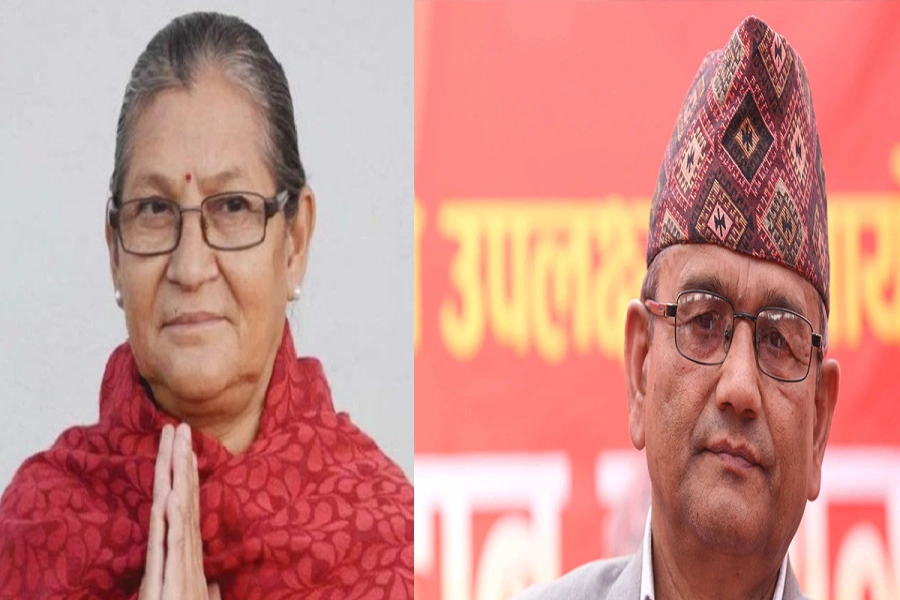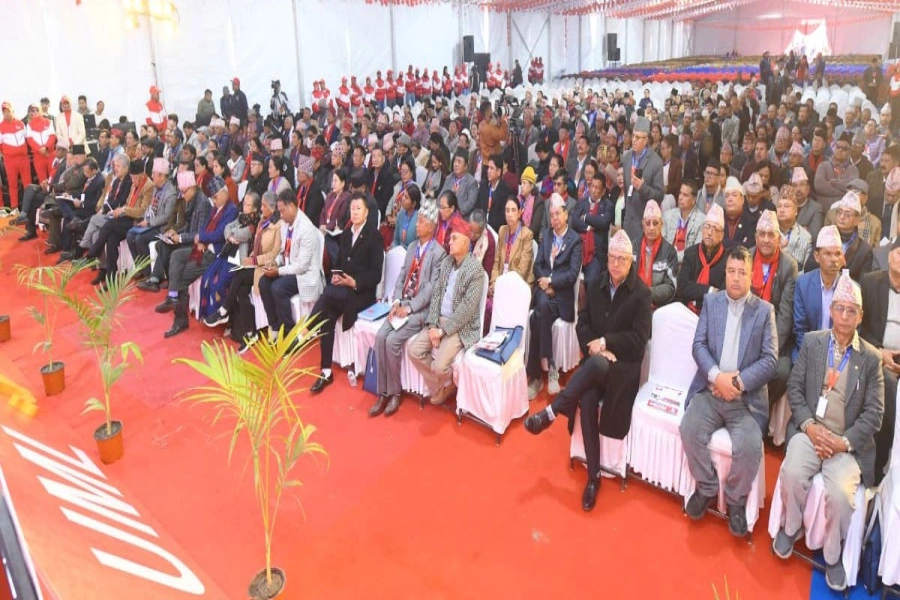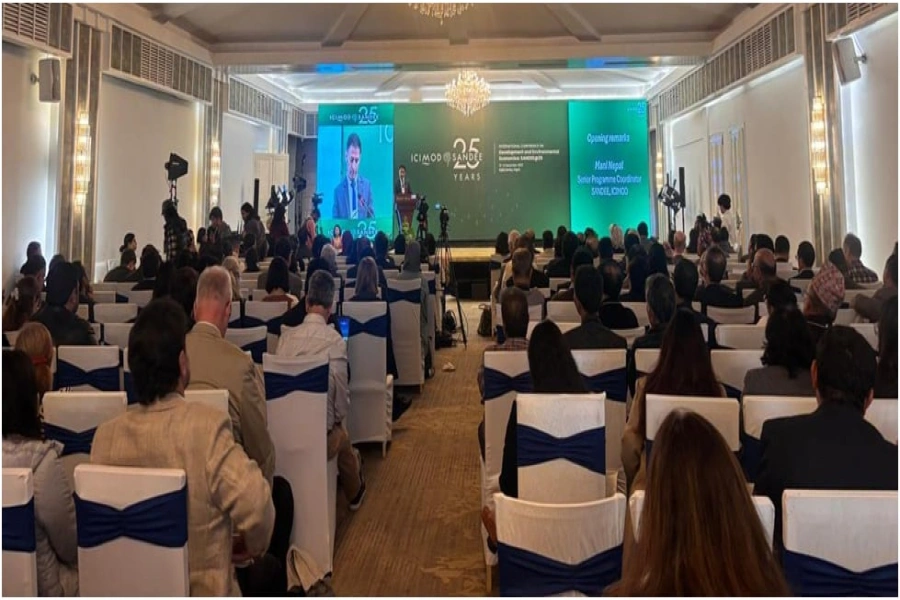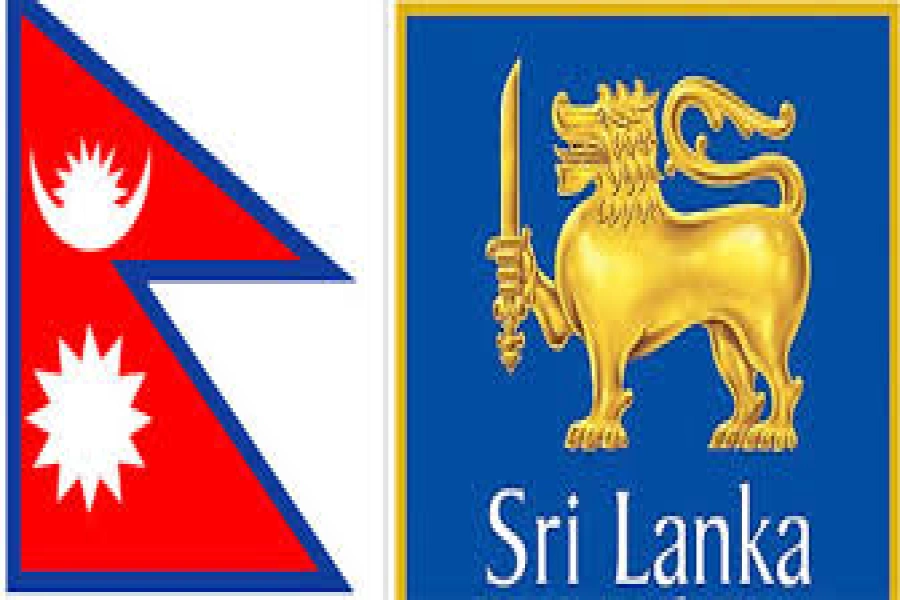‘Dabali’ is a Newari term for a stage. It is used especially for religious performances. And one such religious dance performed on Dabali is Kartik Nach. Kartik Nach is a dance and musical play which is especially performed in the month of Kartik, the seventh month of the Hindu Lunar Calendar and so the name, Kartik Nach.
Kartik Nach was initiated by the then king Siddhi Narshing Malla in order to maintain social, cultural and religious harmony among the people of various castes in 16th century. Even after 300 years of establishment, Kartik Nach is still famous and is performed in Patan Durbar Square, Lalitpur. Although the dance form went through a lot of challenges during the course of time, the dance survives till today and is still practiced in Patan Durbar square every year.
Originally the play was performed for 27 days, consisting of 17 stories of Lord Vishnu also known as 'Narasimha' of the Hindu mythology. Then the performance had been reduced to five days. However, later in the days of king Shree Niwas Malla, son of Siddhi Narshing Malla, it was extended for more days. Again, in the time of king Yog Narendra Malla, grandson of Siddhi Narshing Malla, it was extended for 15 days. Till 2006 BS, Kartik Nach was performed for 27 days, but later in 2007 BS, it was performed for 2 days. It continued until 2037 BS and then again, from 2038 BS it was performed for eight days. Yet again in 2070 BS, it was performed for 10 days. However, in 2071 BS, it was extended for 12 days. At last, in the year 2075 BS, it was performed for 10 days.
Nava Durga Nach begins

Till 2070 BS, the responsibility to perform Kartik Nach and to preserve this very culture of the Newari community was under “Kartik Naach Prabadhan Samiti”. From the following year, it became the responsibility of the “Kartik Nach Sanrakshan Samiti” (Kartik Dance Preservation Committee) which is located in the premises of the Patan Durbar Square and still prevails under the leadership of Kiran Chitrakar.
Although, Kartik Nach is performed once a year, it’s practice starts from Baisakh, the first month of the Hindu calendar, according to the performers enrolled in that year. The duty to train the new members belong to the current experienced members or veteran members of the group. New members will be trained according to their interest in all fields from dancing, singing, acting.
'Kartik Nach is three centuries old and yet, the youths are as motivated as the old generation to preserve this culture. It can be considered as the reason for the committee to hold more than 250 members in the committee from the age of 8 to 80,” said Chitrakar. He, also, mentioned that women never participated in the Kartik Nach. All the roles are played by the males in the play. Till today, there is no record of a female participant in the play. The reason for no female participation might be because of the menstrual cycle which girls have to go through every month and they are not allowed to worship gods and goddesses during their periods and also, the play usually starts in the evening and in the past, there was not much security for females as today. But, he believes this trend might be changed in the coming future.
Currently, the committee is running from some donations and funding they get annually from local organizations and the metropolitan city. The committee annually submits a budget plan to the government but they have never received the required money till date and the committee is always forced to manage with the amount they have been provided with. “Last year the committee submitted a proposal requesting for 12 lakhs but were only provided 2 lakhs, which is very disappointing,” said Chitrakar. Chitrakar hopes that in the future government will show more concern about this culture, so, that the future generation can also enjoy it and preserve it.



































-1765616104.webp)